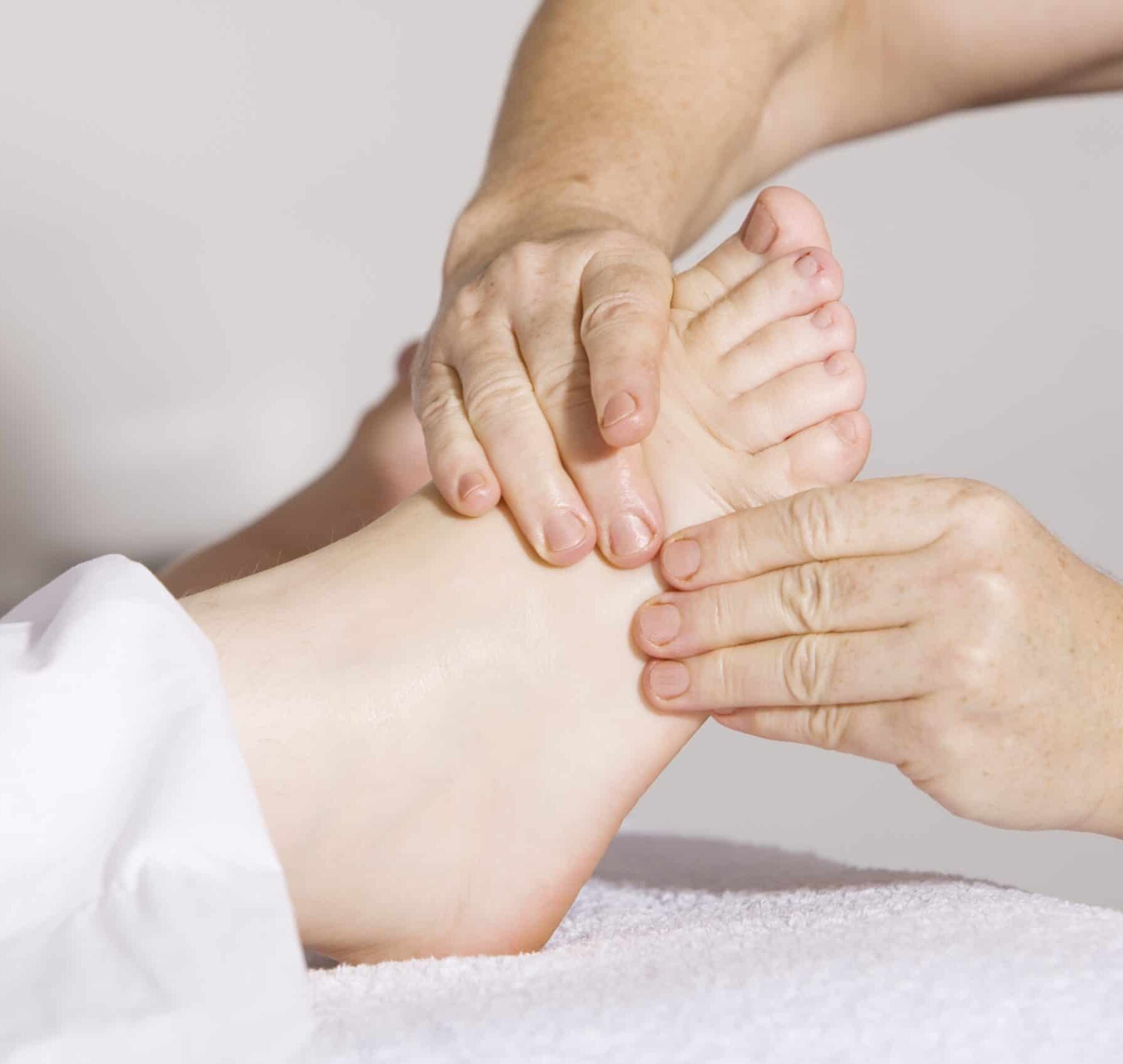
National Physical Therapy Month: Improving Mobility and Strength in Seniors
October is National Physical Therapy Month, a time dedicated to recognizing the essential role physical therapy (PT) plays in improving the health and well-being of people of all ages. For seniors, physical therapy is particularly vital, as it helps enhance mobility, strength, and overall quality of life. Aging brings a natural decline in physical abilities, but physical therapy offers a way to regain and maintain independence. This month serves as an opportunity to shed light on the benefits of PT for seniors and encourage proactive steps toward a healthier, more mobile future.
The Importance of Physical Therapy for Seniors
As we age, our bodies undergo various changes, including a decrease in muscle mass, bone density, and joint flexibility. These changes can lead to limited mobility, increased risk of falls, and difficulty performing daily activities. For seniors, maintaining strength and mobility is key to preserving independence and avoiding injuries. Physical therapy offers a structured and personalized approach to address these issues.
Physical therapists are trained to assess each individual’s unique needs and create a tailored plan designed to improve strength, flexibility, balance, and coordination. Whether it’s recovering from surgery, managing chronic conditions such as arthritis, or preventing falls, PT plays an essential role in promoting long-term health and well-being.
Key Benefits of Physical Therapy for Seniors
1. **Improved Mobility**
One of the most significant benefits of physical therapy is enhanced mobility. Many seniors experience stiffness in their joints or muscle weakness, making it difficult to move around freely. A physical therapist can guide seniors through exercises that promote better joint flexibility and muscle strength. This leads to improved walking, standing, and even simple movements like getting out of a chair.
2. **Fall Prevention**
Falls are a leading cause of injury among seniors, often resulting in fractures or head injuries. Physical therapists focus on improving balance and coordination, which helps reduce the risk of falls. Through targeted exercises and the use of assistive devices when necessary, seniors can regain confidence in their ability to move safely and independently.
3. **Pain Management**
Many seniors experience chronic pain from conditions like osteoarthritis, back pain, or other musculoskeletal disorders. Physical therapy offers non-invasive treatments that reduce pain without relying on medications. Techniques such as manual therapy, stretching, and strengthening exercises can alleviate discomfort and improve overall function.
4. **Post-Surgery Recovery**
After surgeries such as joint replacements or fracture repairs, physical therapy is crucial for a successful recovery. Therapists help seniors regain strength and range of motion, enabling them to return to daily activities more quickly. PT also ensures that seniors recover in a way that minimizes the risk of complications or re-injury.
5. **Enhanced Strength and Endurance**
Strength training is not just for young athletes. For seniors, building muscle mass through resistance exercises can have profound effects on their overall health. Improved muscle strength supports better posture, reduces fatigue, and helps with tasks like lifting objects or climbing stairs. Physical therapists provide safe, effective exercises that seniors can continue at home, making long-term gains in strength and endurance more achievable.
Conditions Treated by Physical Therapy in Seniors
Physical therapy is effective in treating a wide range of conditions common in older adults, including:
– **Arthritis:** Managing joint pain and stiffness with exercises that improve joint mobility.
– **Osteoporosis:** Building bone density and strength through weight-bearing exercises.
– **Parkinson’s disease:** Improving balance, coordination, and movement for those with neurodegenerative conditions.
– **Chronic pain:** Reducing pain through non-invasive manual therapy and exercise programs.
– **Post-stroke recovery:** Regaining motor function, coordination, and independence after a stroke.
How to Get Started with Physical Therapy
If you or a loved one is considering physical therapy, the first step is to consult a physician, who can provide a referral based on your specific needs. From there, a physical therapist will conduct an initial assessment, taking into account any medical conditions, surgeries, or mobility issues. The therapist will then design a customized program that addresses your goals, whether it’s improving balance, regaining strength after surgery, or managing chronic pain.
Conclusion
National Physical Therapy Month serves as a reminder that physical therapy is a valuable resource for seniors looking to maintain or improve their mobility and strength. Aging doesn’t have to mean losing independence or living with chronic pain. With the help of a physical therapist, seniors can improve their quality of life, reduce the risk of injury, and continue to enjoy the activities they love.
This October, take the opportunity to learn more about how physical therapy can help you or your loved ones live a healthier, more mobile life. By prioritizing physical activity and engaging in a personalized therapy program, seniors can remain active, confident, and independent for years to come.

